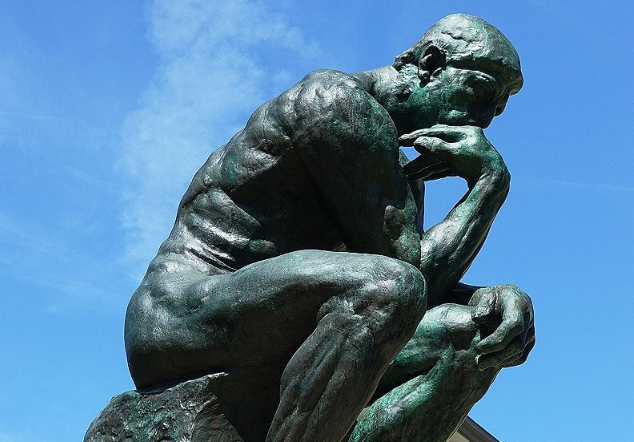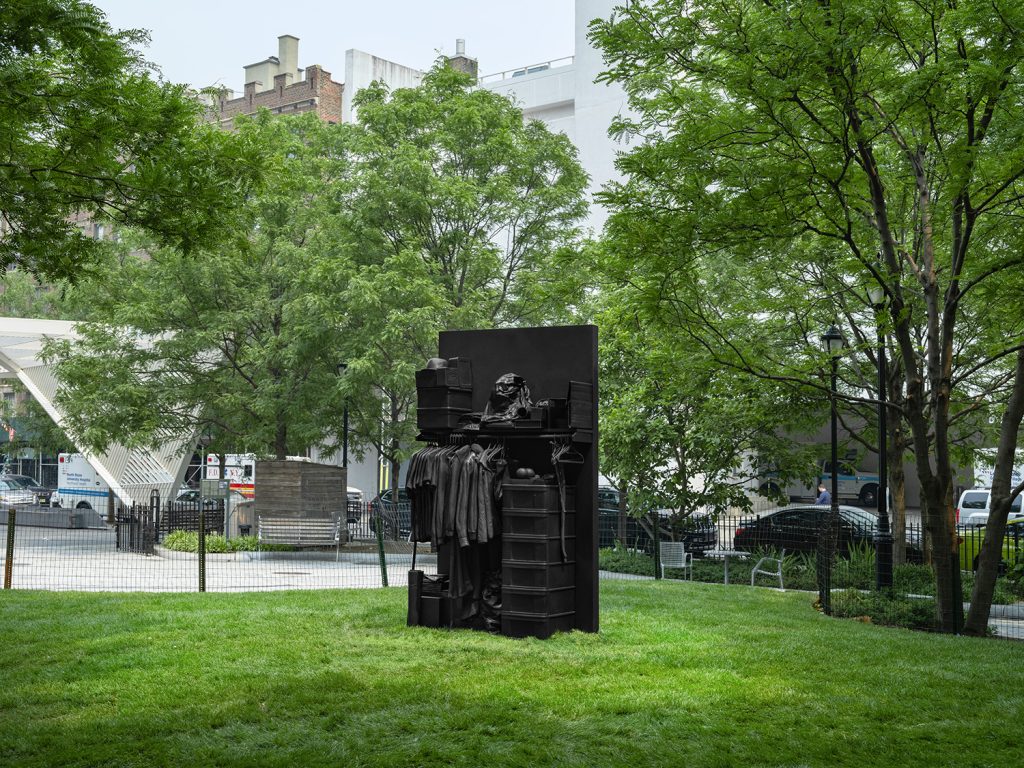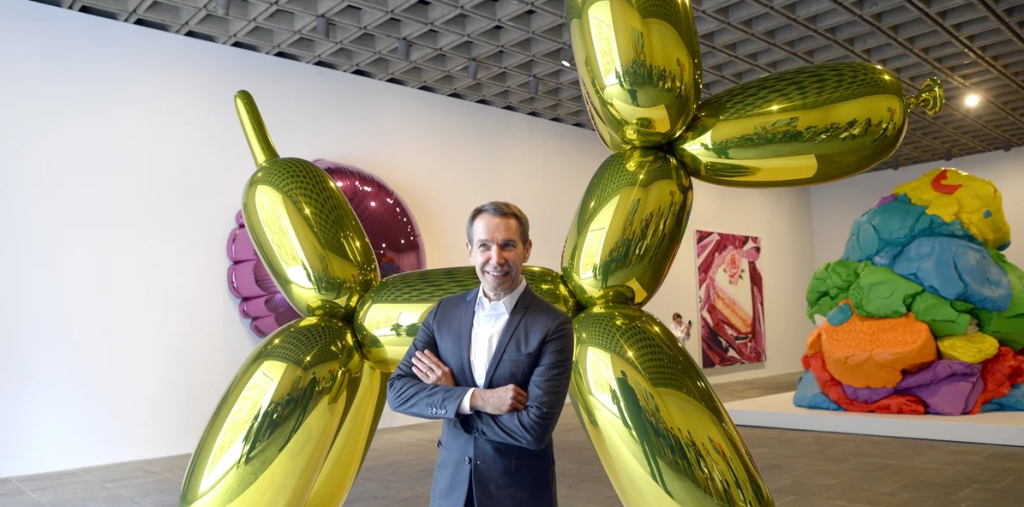Contemplation in Stone: The Evolution of Rodin’s ‘The Thinker’
Auguste Rodin’s ‘The Thinker’ is one of art history’s most iconic sculptures, representing deep reflection and philosophical inquiry. Originating as part of a larger work, ‘The Thinker’ has evolved into a symbol of human contemplation. Understanding its journey provides insight into Rodin’s genius and the broader context of his work.
The Birth of ‘The Thinker’
Initially conceived in 1880 as part of Rodin’s monumental piece ‘The Gates of Hell’, ‘The Thinker’ was originally intended to represent Dante himself, pondering the narratives of the souls in Hell. This initial concept emphasizes the importance of thought and reflection in the human experience. As Rodin developed the figure, it transcended its original context, evolving into a universal symbol of intellectual engagement. The sculpture’s muscular form and intense expression capture the tension between physicality and mental struggle, inviting viewers to reflect on their own lives and thoughts.
Rodin’s Unique Technique
Rodin’s innovative sculpting technique played a crucial role in bringing ‘The Thinker’ to life. Instead of adhering to the smooth, polished surfaces typical of classical sculpture, Rodin embraced rugged textures and expressive forms, which add depth and emotion to the piece. This approach not only highlights the physical struggle of the figure but also enhances its emotional resonance. By leaving parts of the sculpture rough and unfinished, Rodin invites the viewer to engage with the work on a more personal level, encouraging contemplation about both the piece and one’s own thoughts and feelings.
Cultural Impact and Legacy
Over the years, ‘The Thinker‘ has cemented its place in popular culture, appearing in various forms across different media. It has inspired countless adaptations, references in literature, and even modern interpretations in photography and film. The figure itself has become synonymous with deep thought and philosophy, often used in educational contexts to remind people of the importance of contemplation and critical thinking. As a result, ‘The Thinker’ continues to resonate with audiences today, serving as a powerful symbol for anyone embarking on a journey of self-reflection and intellectual exploration.
In conclusion, Auguste Rodin’s ‘The Thinker’ is more than just a sculpture; it is a representation of our innate desire to ponder the complexities of life. By exploring its origins, artistic techniques, and cultural impact, we gain a deeper appreciation for its enduring relevance. For those intrigued by Rodin’s work, visiting a museum or researching more about his artistic philosophy can offer a richer understanding of this timeless piece and its significance. Take a moment today to reflect on your own thoughts—who knows what insights may emerge!


